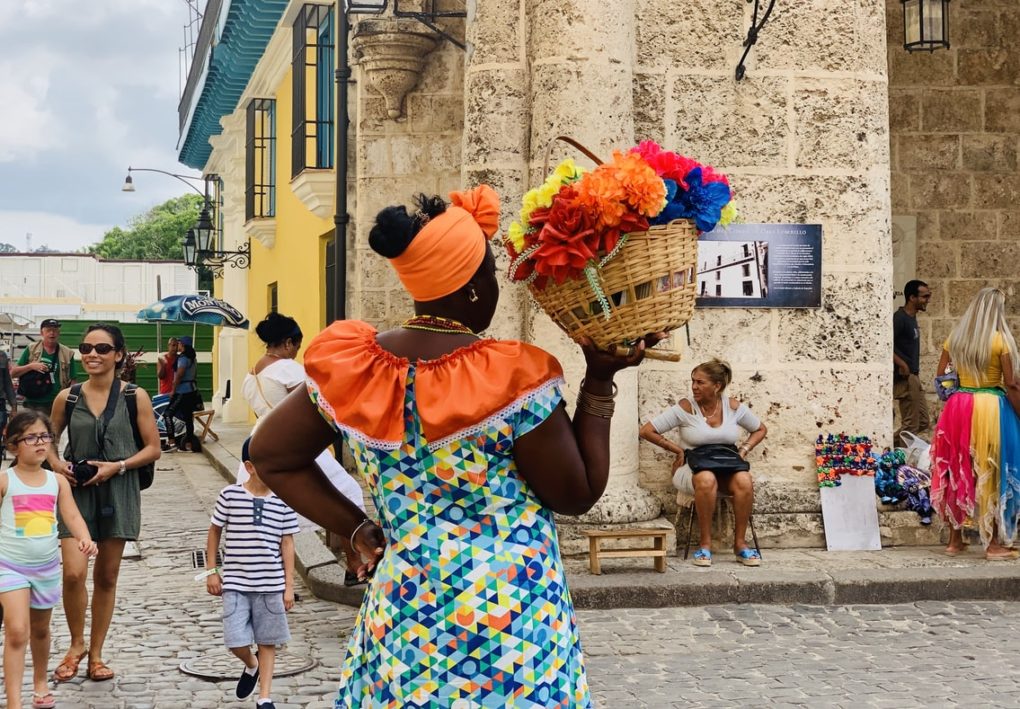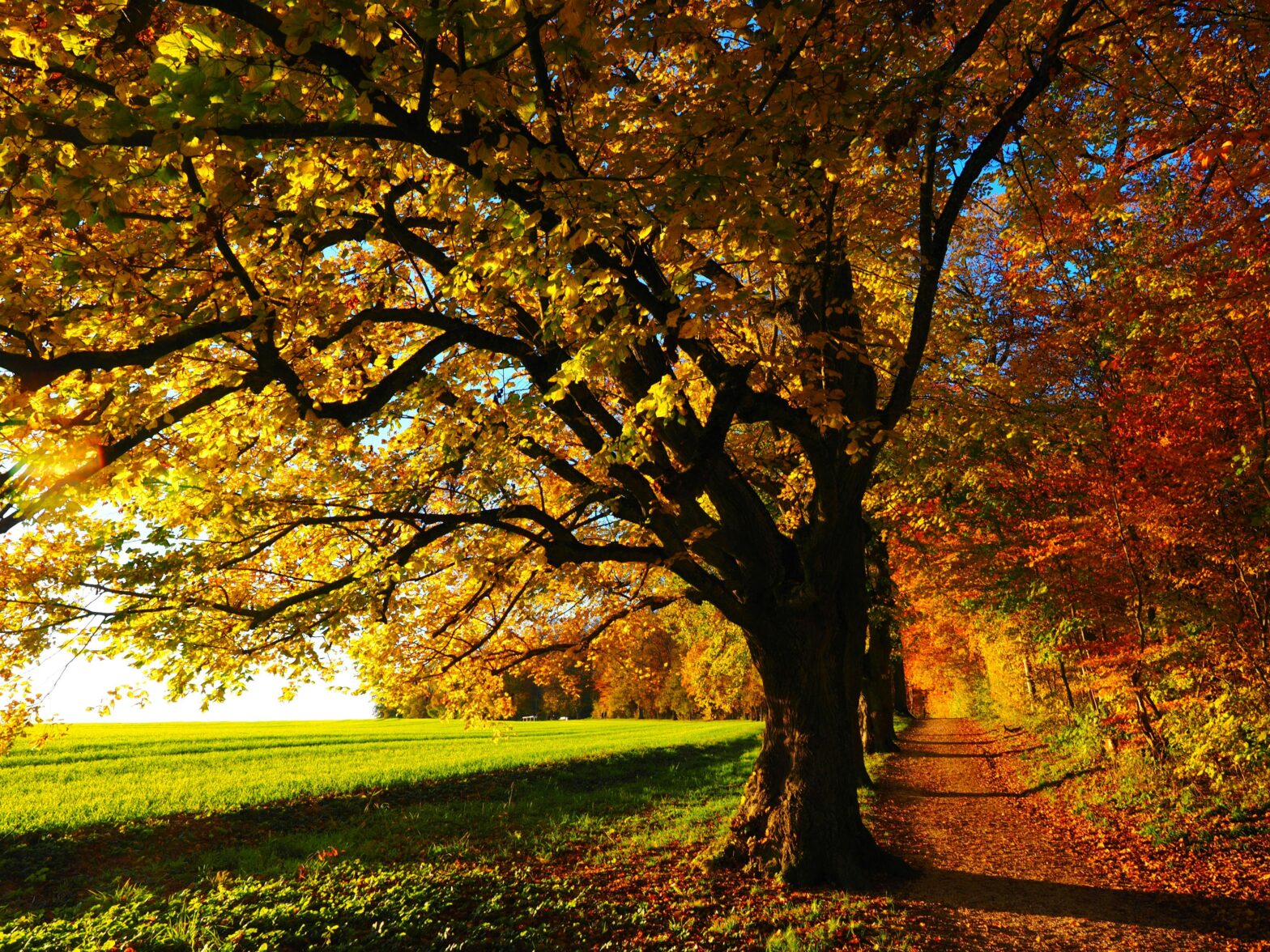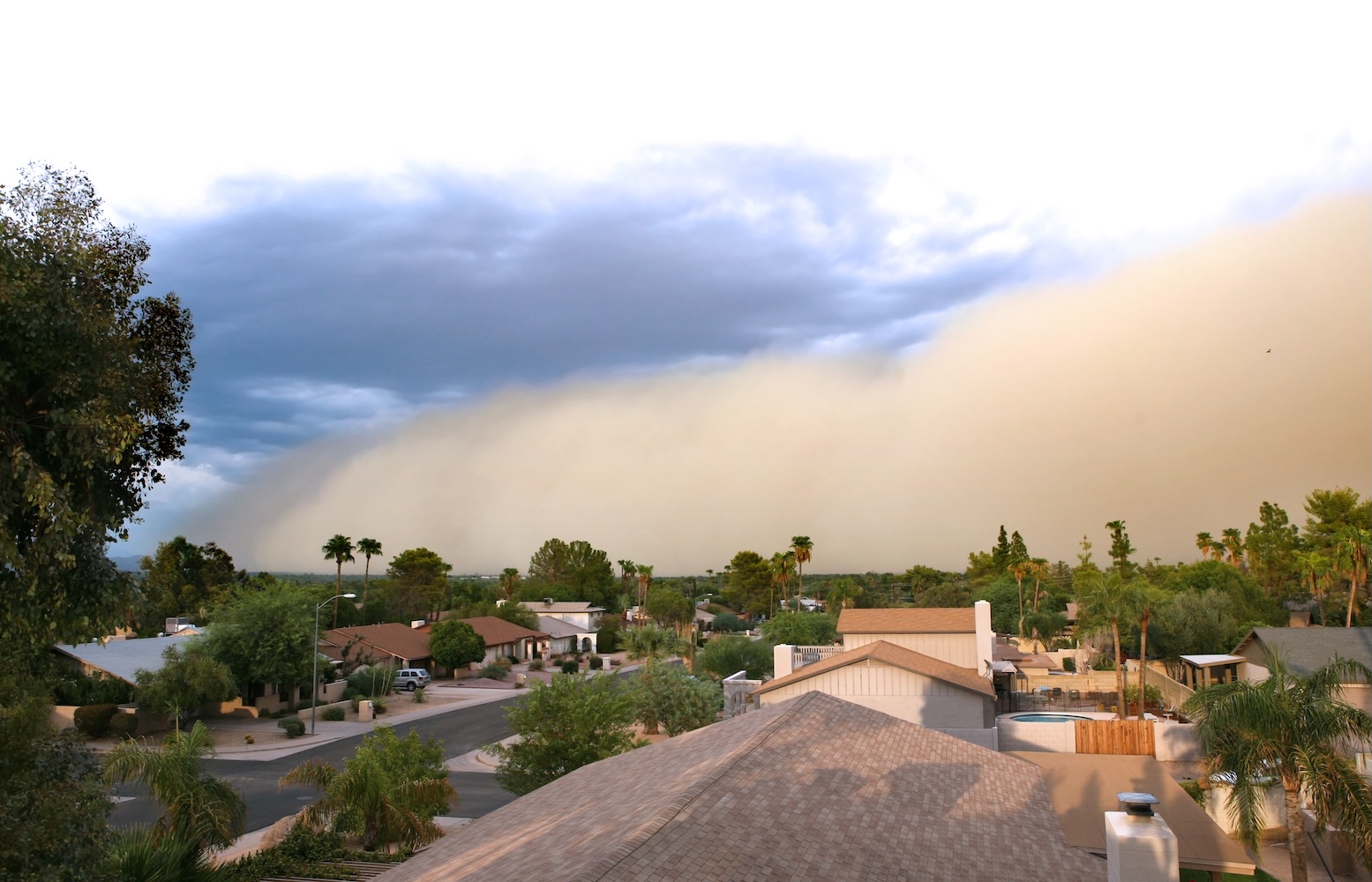If there’s one Caribbean island that bursts at the seams with culture, art, and life, it’s Cuba. With a population of over 11 million, it’s the largest island in the Caribbean, with Haiti, Jamaica, and the Cayman Islands as neighbors.
As reported by Essence, some “800,000 African slaves arrived in Cuba between 1789 and 1820.” But Cuba vacillates on embracing its connection to Africa. Attempts to dissolve Black presence picked up in the nineteenth century, when Europeans were encouraged to emigrate to Cuba.
The 1920s gave rise to the Afrocubanismo movement, which pushed Blackness to the forefront, allowing it to “become part of the national identity.”
Like other Caribbean islands, Cuba is the meeting point of many cultures. But the African influence is omnipresent; a stamp which can’t be erased, and that’s something Black travelers will appreciate.
Here are 13 things to remember when visiting Cuba.
Havana Is Delightfully Old School

Havana is one of the fifteen provinces which make up Cuba. The world around it marches on, but much of the city holds fast to history.
Between the pastel, colonial-era buildings and the 1950s cars, it’s easy to forget you’re in the modern age.
There are numerous museums, restaurants, and shops, not to mention some highly publicized events like The Havana Jazz Festival.
The beaches aren’t far off- around 30 minutes by car depending on traffic.
It Is A Paradise For Vintage Car Lovers
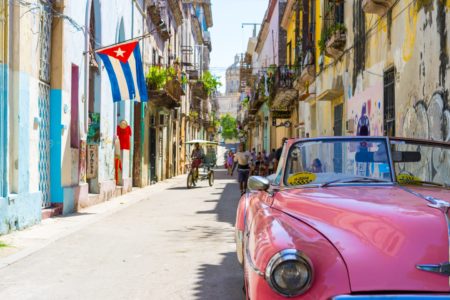
There’s a reason for all those classic cars. Under Fidel Castro’s embargo, the import of American products, including cars, was banned.
According to Discover Corps, “with no new cars coming into the country and no parts available to make repairs, car owners had to make a choice. Either let their cars rust in the garage or use what parts they had available and make repairs themselves.”
If you’re looking for a cool way to explore Havana and beyond, consider renting a vintage car.
The Queen Of Salsa Was Born Here

Celia Cruz is to Salsa what Aretha Franklin is to Soul, and she might be the most celebrated Cuban ever.
But it wasn’t all smooth sailing for Celia. She had the talent and the drive, but her Black features weren’t ideal when she was starting out, owing to colorism.
Still, she persisted, and went on to change Latin music forever with her powerful vocals and explosive energy.
Celia died in 2003, but continues to inspire younger generations.
Amara La Negra, who met her as a child, said, “by watching her, I learned a lot about what it means to be Black and Latina.”
It Is An Ethnic Melting Pot

Like Jamaica, due to colonization, immigration, and other factors, Cuba is an ethnic melting pot.
NBC News reported that teaching Afro-Cuban history in Cuban schools is an uphill battle.
Tomás Fernández Robaina, a scholar on Afro-Cuban history, said, “knowing Afro-Cuban history should matter to all Cubans. Studying this history is not a threat to Cuban nationalism. Instead, it can be a wellspring.”
It Has Approximately 250 Beaches

With a coastline stretching 3,500 miles, Cuba is home to a ton of beaches.
According to Cuba Direct, the island’s “long, thin shape means wherever you are in the country, you are never far from the sea.”
There are a chain of beautiful beaches within short driving distance from Havana proper. They include Santa Maria, Megano, Tarara, Bacuranao, Boca Ciega, Brisas del Mar, La Veneciana and Guanabo.
Cubans Love Baseball

Like in the Dominican Republic, baseball is a source of national pride.
It came to the island in the 1800s, and it never stopped picking up momentum.
According to Cuba Culture, during baseball’s earliest years on the island, Cubans “played it as a harmless form of rebellion against Spanish authority.”
Hotels? Penthouses? Bed and Breakfast? Check!
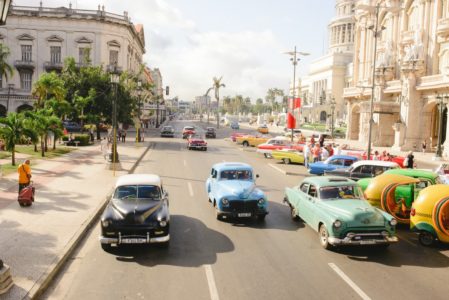
If you’re looking for an over the top hotel experience, check out Gran Hotel Manzana Kempinski in the center of old Havana.
The rooftop views are spectacular. There are several restaurants and a spa on site for guests.
Do you need something less flowery, but still charming? La Villa Teresa is a sweet bed and breakfast, offering a swimming pool, air conditioning and views of the city.
If you want the experience of having your own apartment, the Cohiba Penthouse is modern, stylish, and allows you to walk to the center of old Havana.
It Has Many UNESCO Heritage Sites For Its Size

Larger countries may have one or two UNESCO sites, but Cuba has nine.
According to Cuba Direct, “seven of them were chosen for their cultural significance and the other two were chosen for their natural beauty.”
The sites are: Old Havana, Viñales Valley, Desembarco Del Granma National Park, Castillo de San Pedro de la Roca, Alejandro de Humboldt National Park, Cienfuegos, Camaguey, Valle de los Ingenios, and the Archaeological Site of The First Coffee Plantations.
Cigars, Cigars, Cigars!

Cuban cigars are some of the finest in the world.
Tobacco has been grown in Cuba for many years, and according to The Culture Trip, “the island’s cigar makers have a unique product that no one else can replicate.”
Don’t be surprised if the cigars you find are on the expensive side. This is deliberately done to maintain prestige.
There Is Delicious Food, Especially For Meat Lovers
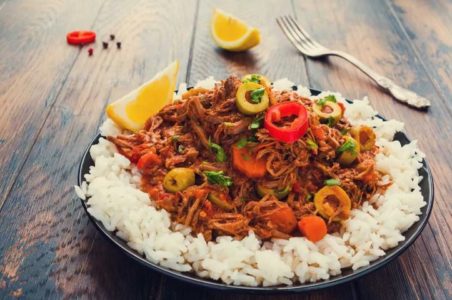
If you’re a meat lover, Cuba won’t disappoint.
Lechon Asado is a roast pork dish that is often served during the holidays.
Ropa Vieja, the national dish, is traditionally made with shredded beef mixed with onions, peppers, and tomatoes. This can be paired with rice or a salad.
The name means “old clothes.” It refers to the story of a man who cut and cooked his clothes because he was too poor to afford food. This explains the shredded texture of the meat.
Do you like sandwiches? Cubans sure do. Medianoche has ham, roasted pork, cheese and pickles. It really hits the spot after a night of dancing and drinking, hence the name.
Medianoche isn’t to be confused with the Cuban sandwich. The fillings are similar, but the bread is totally different.
There Are Plenty Of Street Performers
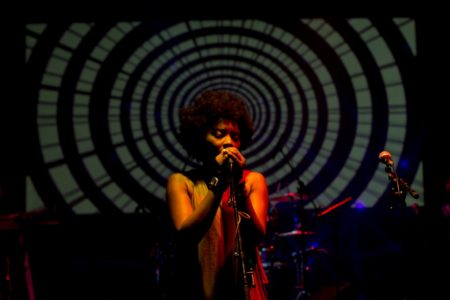
In Havana, Santiago de Cuba and other cities, you may find musicians playing guitars, drums, and other instruments.
Dancers, singers and stilt walkers in colorful garb also make appearances. Give them a tip if you can.
Don’t be surprised if spectators are so moved by the music that they also start to dance. Those Afro-Latino rhythms are tricky to resist.
Celia Is Not The Only Famous Cuban
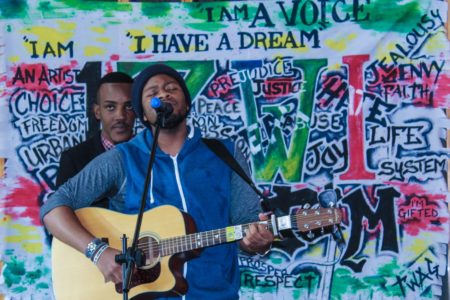
In addition to Celia Cruz, other Cubans have made their mark on entertainment.
There’s the Buena Vista Social Club, which recorded its first album in 1996. It included top performers from Cuba’s golden age of music, and it took some convincing to bring them out of retirement.
Desi Arnaz was born in Santiago de Cuba. He was a multidisciplinary performer, but is most known for playing Ricky Ricardo in I Love Lucy.
Born in Havana, Gloria Estefan is a popular Cuban singer with a career spanning decades. She’s reportedly doing a Christmas duet with a recording of Nat King Cole.
Born in Miami, of Cuban descent, Pitbull made party anthems starting in the early 2000s. From Jennifer Lopez to Ne-Yo, he’s worked with too many artists to name.
People Prioritize Interpersonal Connection

Cubans are described as outgoing, friendly, and gregarious. They are genuinely proud of themselves and their country.
They form tightly-knit communities, and this isn’t as compromised by technology as it might be elsewhere.
According to Anywhere, “the lack of cell phones, TVs, and computers, has made socializing more of a necessity. It’s how people get their news and entertainment.”
How do the Cuban people bond? Kids play soccer on the street, couples hold hands as they stroll down promenades, and men crowd around chess or checkerboards.
